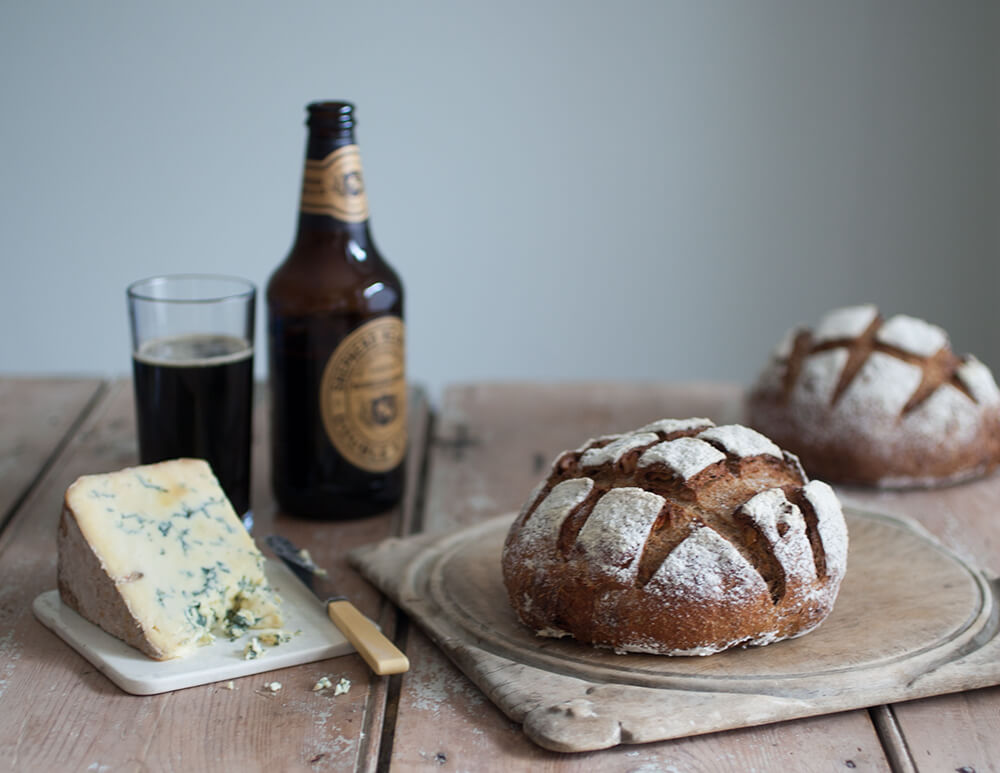
Cinnamon and Hazelnut Knots from Slow Dough: Real Bread
Today we’re sharing a much coveted Real Bread: Slow Dough recipe – Cinnamon and Hazelnut


Today we’re sharing a much coveted Real Bread: Slow Dough recipe – Cinnamon and Hazelnut

We’re sharing some bread you’ll just loaf for #RealBreadWeek! This recipe is included in Slow Dough: Real

We’re celebrating the return of the Great British Bake Off with this delicious recipe for

This article is adapted from Slow Dough by Chris Young. To meet their need for

This article is adapted from Slow Dough by Chris Young. Until relatively recently, the future

Watkins Media Limited
Shepperton House unit 11
89 Shepperton Road
London, England
N1 3DF

Watkins Media Limited
Shepperton House unit 11
89 Shepperton Road
London, England
N1 3DF